
Soil Health & Fertilization
We unite suppliers and green industry professionals worldwide
Wasabia japonica, a semi-aquatic plant native to Japan that’s notoriously tricky to grow but incredibly rewarding for those who succeed.
By Victor Miller
|Published on June 07, 2025
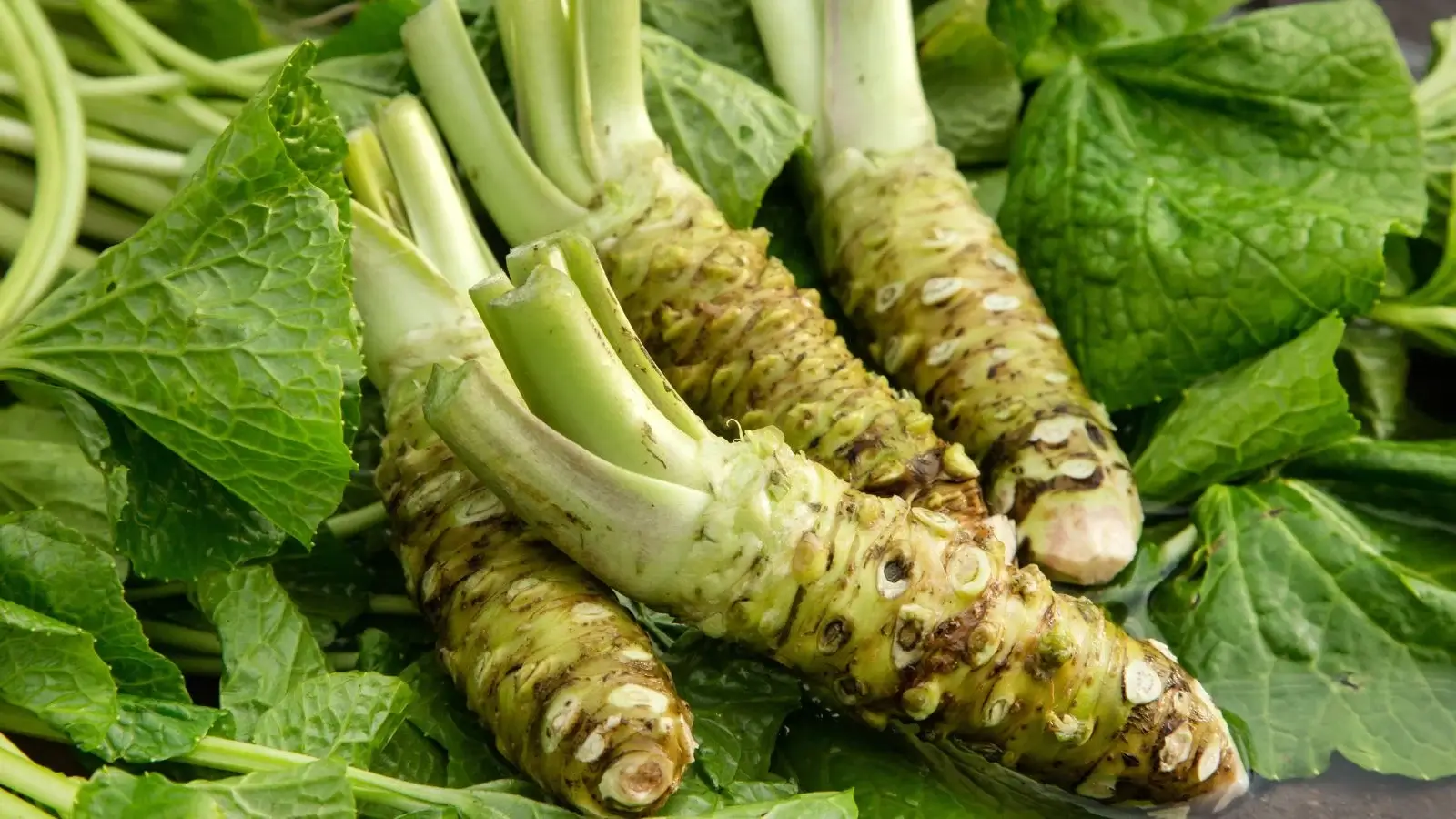

“Ever wondered why real wasabi is so rare—and expensive?”
If you’ve ever tried sushi, chances are you’ve tried wasabi. Truth is, most of what’s served worldwide is actually colored horseradish. The real deal comes from the elusive Wasabia japonica, a semi-aquatic plant native to Japan that’s notoriously tricky to grow but incredibly rewarding for those who succeed.
With heart-shaped bright green leaves and a preference for cool, shaded, running-water environments, Wasabi is as unique as it is flavorful. Whether you’re a culinary adventurer or a curious gardener, growing your own Wasabi offers bragging rights and a taste unlike anything else—complex, clean, and sinus-tingling without the burn
| Botanical Name | Wasabia japonica |
| Common Name | Wasabi, Japanese horseradish |
| Type | Perennial herb |
| Height | 12–24 inches |
| Sunlight requirements | Partial shade |
| Soil | Moist and rich, well draining |
| Watering needs | High, constant moisture |
| Hardiness Zones | 8–10 (USDA) |
| Time to Harvest | 18–24 months |

September 25, 2025
9 minute read
September 24, 2025
9 minute read
September 23, 2025
10 minute read
September 22, 2025
9 minute read


Join as a seller and connect with thousands of B2B buyers nationwide!
Sign Up
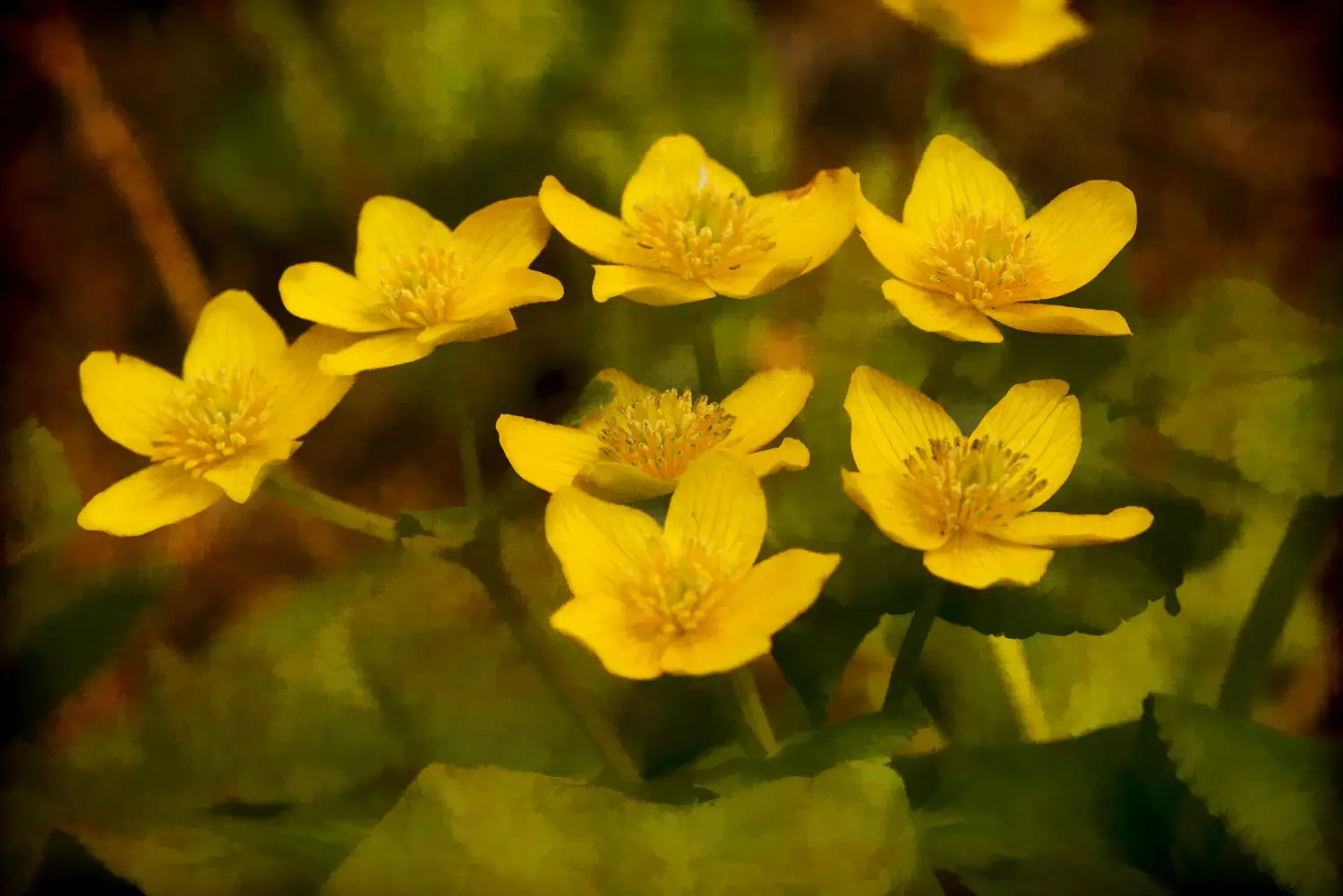
Sagebrush Buttercup
That’s the quiet beauty of the Sagebrush Buttercup (Ranunculus glaberrimus). As delicate as it looks, this little perennial is tough, adapted to the rugged rhythms of high desert life.
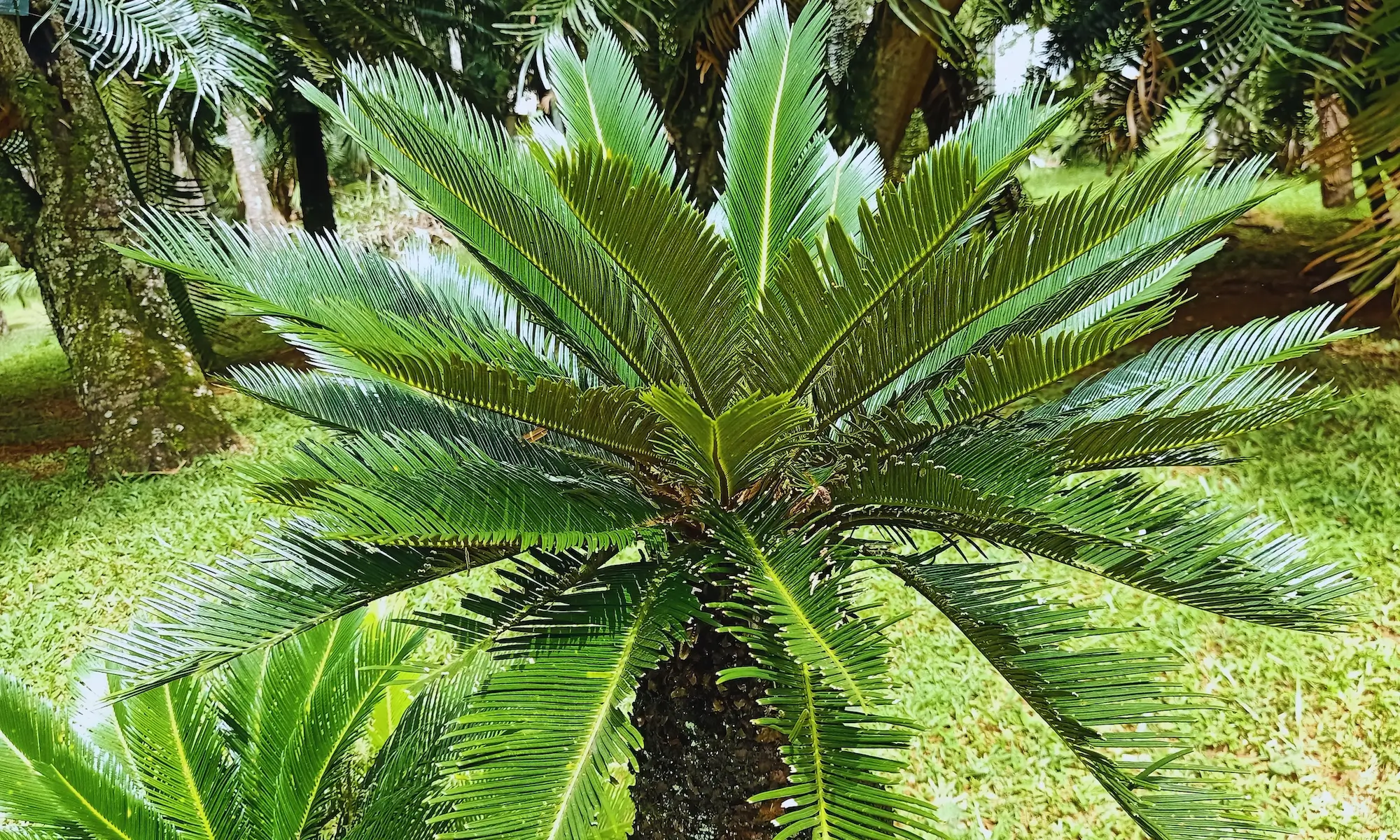
Sago Palm
Meet the Sago Palm — a prehistoric wonder that adds dramatic, architectural interest to any space
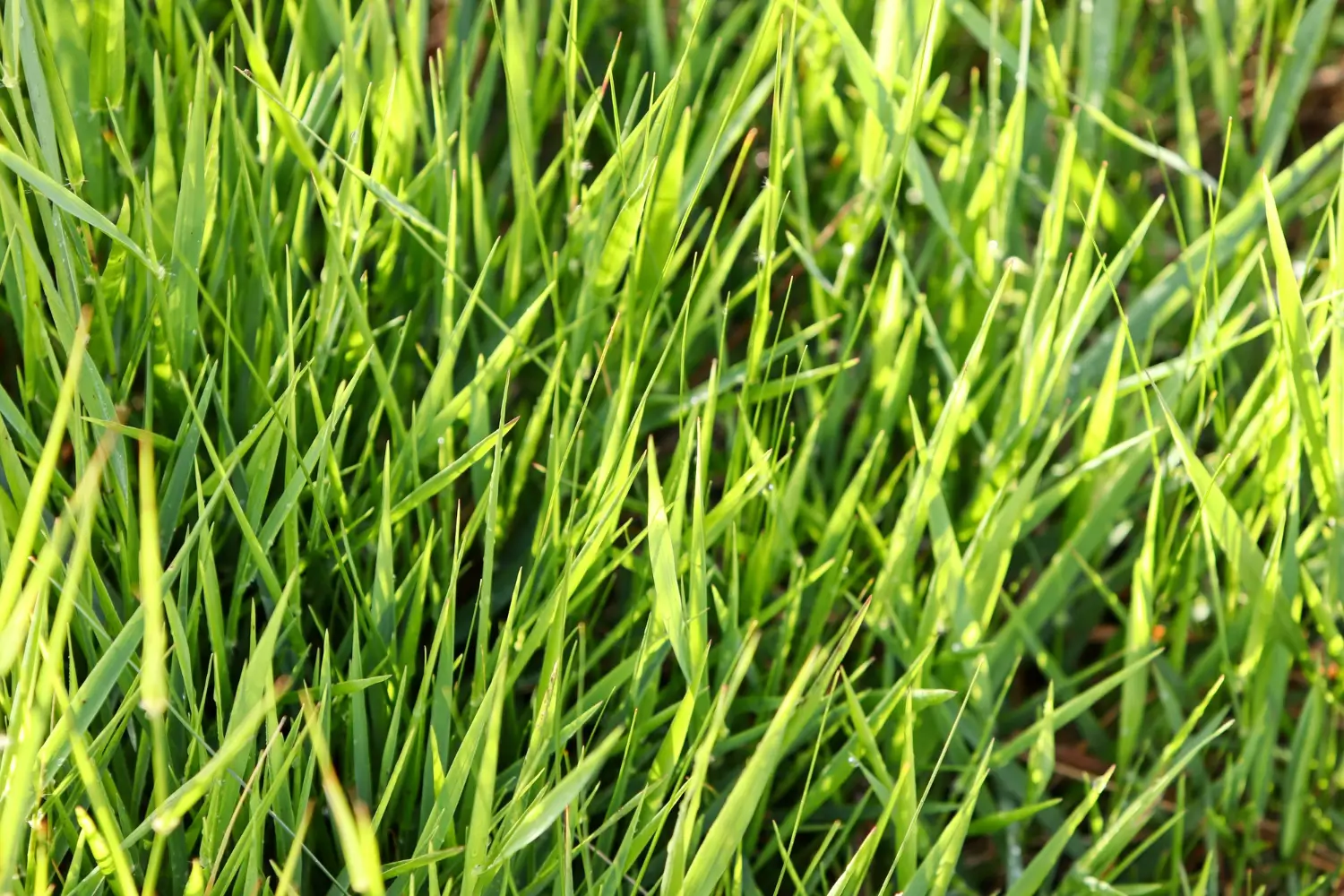
Tall Fescue Grass
If you're in search of a tough grass that remains green for longer and possesses better heat tolerance than any other cool-season variety, then Tall Fescue Grass could be the perfect solution for your lawn.
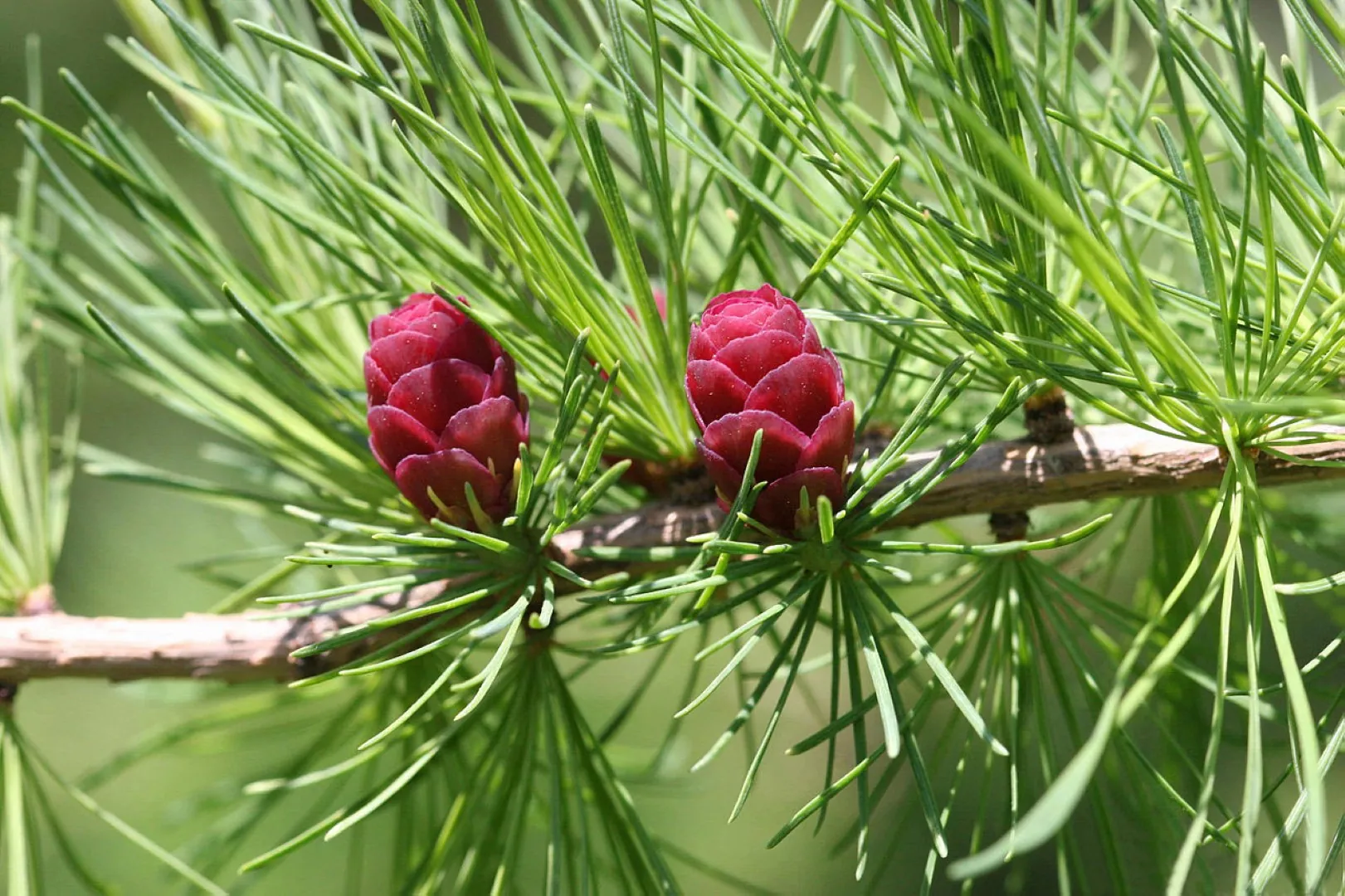
Tamarack
Unlike its evergreen relatives, Tamarack is a deciduous conifer that loses its soft, green needles each fall by ending the season in a radiant display of golden yellow
Wasabi can be a finicky plant, demanding cool, steady temperatures and never-ending moisture. Native to Japanese mountain streams, it will do best in a setting that replicates these conditions.It’s not too hard to grow as long as you have patience and attention, especially during hot summers or cold winters.
Order young wasabi plants or rhizomes from a trustworthy source in early spring. Select a shaded area with an indirect source of light and avoid extreme temperatures (45-75 degree F or 7-24 degree C is ideal). Wasabi likes its soil to be consistently moist but not wet, so good drainage is essential. Use mulch or ground cover to keep the roots cool and protect from heat.
Be prepared for slow growth — wasabi takes up to 2 years to mature — but once established, you can use the whole plant: roots, stems and leaves. It’s one of the most satisfying (and flavorful) challenges in the garden.
Wasabi does best in partial to dappled shade, much like its native habitat along shaded streams. The stems are so delicate that direct sunlight (especially in the summer) can burn the leaves or cause them to wilt. A north-facing garden, woodland edge, or greenhouse with filtered light works best. Indoors, place Wasabi next to a bright window with sheer curtains, or under grow lights, for steady, gentle light.
This plant likes a rich, moist, and slightly acid soil with good drainage. Using a mix of loamy garden soil, compost and sand or perlite should work just fine. Wasabi cannot accept damp or compact soil – the roots will rapidly begin to rot.
Raised beds, grow bags, or sloped planting areas help mimic its natural drainage pattern and keep the root zone oxygenated.
Watering is probably one of the more important factors in growing Wasabi. It requires a consistently moist soil, but not waterlogged. Like its stream-dwelling ancestors, Wasabi needs to stay wet — use drip irrigation or shallow trays to keep the soil constantly moist. Don’t let the soil dry out even for a short while, particularly in the warmer months, and maintain water flowing gently if grown hydroponically or semi-aquatically.
Pruning Wasabi helps keep the plant healthy and allows energy to focus on rhizome growth. Here's how to handle it:
Bonus: Regular cleanup = better airflow + stronger, faster rhizome development.
Wasabi is propagated by division or rhizome offsets:
Container growing is excellent for Wasabi, particularly in non-native climates:
Wasabi doesn't like cold weather. (If your area is below USDA 8, plants should be brought indoors before the danger of frost.) Plants growing in the ground should be heavily mulched, especially over the crown. Potted wasabi can be overwintered in a greenhouse or a cool indoor location (40–50°F is ideal). Reduce watering a bit, but don’t let the soil dry out entirely.
Wasabi flowers in late winter to early spring with small, white, four-petaled blooms. Though it’s not the plant’s main feature, these fragile blooms are edible and slightly peppery — use them as a garnish. Flowering can signal maturity, but excessive blooming might reduce rhizome development. Cut flowers early if you want bigger roots.
While wasabi can be hardy once it’s established, it can also be trouble-prone if conditions are not right. Most issues come from improper watering, poor drainage, and extreme temperatures.
Wasabi isn’t just a sushi sidekick—it’s a horticultural challenge and culinary prize rolled into one. With its love for shade, moisture and patience, Wasabi asks a lot — but gives even more. Grow it for the bragging rights, for the unmistakable flavor, or just for the fun of nurturing one of the world’s most elusive edible plants. With the right care and attention, you’ll be rewarded with something truly rare: your very own real wasabi.
Yes, and it's widely believed to be among the most challenging plants to grow, because of its requirement for stable, cool, humid conditions and its long maturation time.
Yes, if you can replicate the humidity, temperature, and light needs—containers in greenhouses or controlled environments work best.
Usually 18 to 24 months after planting, though the plant can be used (leaves and stems) much earlier.
Yes! Leaves, stems and rhizomes are all edible and slightly spicy.

Soil Health & Fertilization
Victor Miller

Pest Identification & Prevention
Victor Miller

Lawn Care Tips & Maintenance
Victor Miller

Soil Health & Fertilization
Victor Miller

Smart Irrigation Systems
Victor Miller

Patios, Walkways & Driveways
Victor Miller

Soil Health & Fertilization
Victor Miller

Pest Identification & Prevention
Victor Miller
My Account
Our team is always here to help.
We are open Monday - Friday, 9:00 AM to 4:30 PM PST.